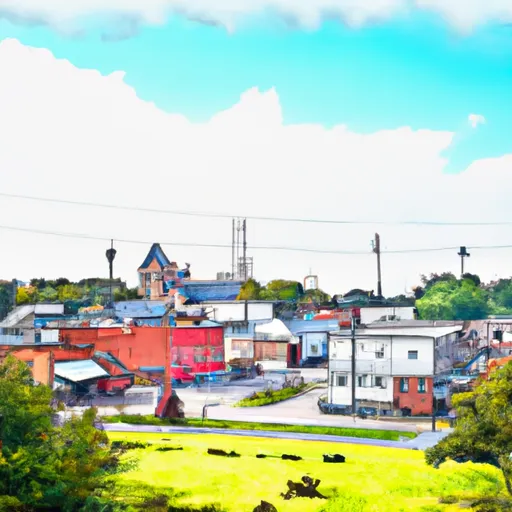°F
°F
mph
Windspeed
%
Humidity











Logan, Ohio is located in the southeastern part of the state and offers a diverse climate and a variety of outdoor recreation opportunities. The area experiences a humid continental climate with four distinct seasons. Summers are warm and humid, with average temperatures ranging from 70 to 85 degrees Fahrenheit. Winters can be cold, with temperatures averaging between 20 and 40 degrees Fahrenheit.
Hydrologically, Logan is situated within the Hocking River watershed, which provides a rich water supply for the region. The Hocking River is known for its scenic beauty and offers opportunities for fishing, kayaking, and canoeing.
Logan is surrounded by stunning natural landscapes, making it a haven for outdoor enthusiasts. Hocking Hills State Park, located just a few miles from the town, boasts breathtaking rock formations, waterfalls, and hiking trails. Visitors can also enjoy camping, horseback riding, and birdwatching in the park.
The region is known for its lush forests and rolling hills, providing ample opportunities for hiking, biking, and exploring nature. Lake Logan State Park offers fishing, boating, and swimming adventures. With its diverse climate and abundant outdoor activities, Logan, Ohio is a destination that appeals to nature lovers and adventure seekers alike.
Weather Forecast
Logan receives approximately 1081mm of rain per year, with humidity levels near 86% and air temperatures averaging around 11°C. Logan has a plant hardyness factor of 6, meaning plants and agriculture in this region thrive during a short period during spring and early summer. Most plants will die off during the colder winter months.
Regional Streamflow Levels
1,050
Cubic Feet Per Second
66
Cubic Feet Per Second
11
Cubic Feet Per Second
133
Cubic Feet Per Second
Nearby Camping
| Camping Area | Reservations | Toilets | Showers |
|---|---|---|---|
| Cabwaylingo State Forest |



